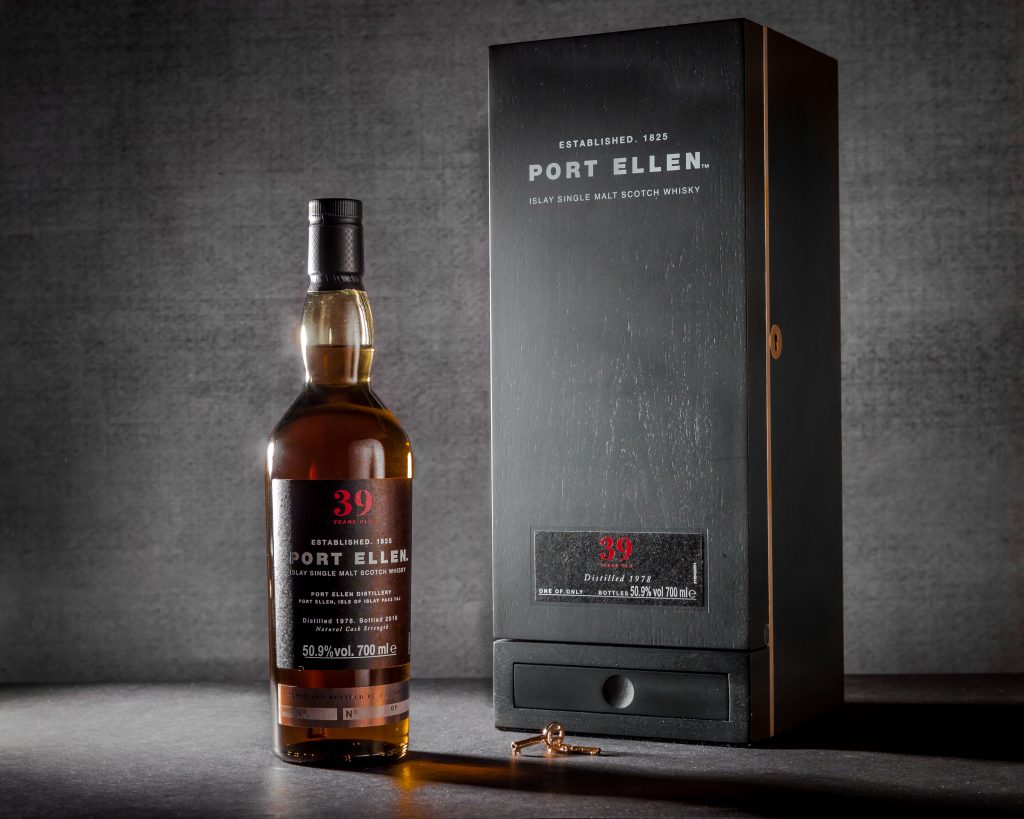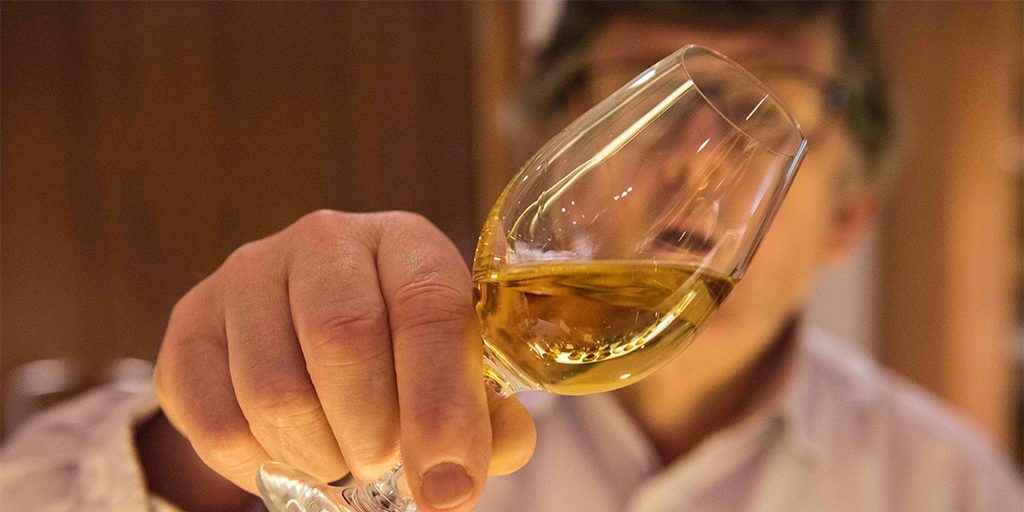In the last few years prices for the world’s top whiskies have gone through the roof. Whisky is now an asset like fine wine, art and classic cars. Ian Buxton does not approve. In fact, he’s downright furious.
I’ve been banging on about the ‘investment in whisky’ trend for quite a while – and for some while I’ve got it wrong, as least as far as the prices of certain whiskies go. The sky, it would seem, is the limit and my doom-laden prognostications of a crash in prices have yet to be fulfilled.
So that’s that, then. Fill yer boots and make money while you can would seem to be the moral.
Never mind whisky’s soul.

Lovely box, but will it ever be drunk?
However, if you care about whisky, really sincerely care, then you will readily appreciate that ‘investment grade’ whisky such as limited edition Macallans, virtually all Port Ellens these days and anything in a ‘collectable’ box is not simply a specious concept but a damaging one. Whisky that is never going to be drunk, whisky whose future is to be traded like an ingot of bullion, whisky forever condemned to be the slave of the spreadsheet is whisky that will never fully live. It’s whisky devoid of meaning, whisky without a soul, reduced to a barren commodity. There may as well be cold tea in the bottle, no matter the lavish packaging. Remember the fable of the Emperor’s New Clothes and you may look on the most elegant of bottles and see a rotting corpse beneath the silk.
Whisky attains its highest state when it is consumed; its apotheosis poignantly coinciding with the moment of its destruction. Only then is its destiny fulfilled. Whisky is disputation, conviviality, a metaphor for a nation’s identity and sense of self-belief. Whisky is romantic, metaphysical and phantasmagorical. As Burns relates, whisky is “the poor man’s wine”.
‘Investment grade’ bottles are the vampire squid wrapped around whisky’s face, relentlessly jamming their blood funnels into anything that smells like money careless of the consequences and conscious only of the sterile arithmetic of the profit and loss account. Leave these trophies, the fevered creation of huckstering spinmeisters and their band of useful idiots, to the Gollum-like investor, poring over soulless spreadsheets and taking joy only in the bloodless contemplation of a paper return on investment. “My precious,” indeed.
Here we see the triumph of packaging over content. All too often these whiskies are lavishly draped in the most luxurious wrapping that the ingenuity of the design world can conceive – hand-blown bottles, silver stoppers, exquisitely-crafted oak cabinets and leather-bound volumes filled with ever more baroque and far-flown tasting notes. All of which costs money, lots of it, which leads me to suggest that this market is driven as much by presentation as product.

Ian Buxton about to drink some whisky
If you doubt my word, consider the following intriguing tale. Back in June 2013, The Macallan released a pack of two 35cl bottles to commemorate HM Queen Elizabeth II’s 60th anniversary. There were a mere 1,953 packs produced (to mark the 1953 Coronation – geddit?). What you got was two half bottles in a handsome box with a colour leaflet, released at £350. While the strength of the whisky was indicated, there was no age statement – but as this was designed to sit in a vault, why would anyone care?
Naturally, they were all snapped up as fast as you could sing the national anthem and, equally quickly, they appeared on auction sites where they changed hands for up to £2,300 (before commission). But, interestingly, in the November 2018 on-line auction of a well-known Glasgow site an orphan bottle appeared all on its own, only to be knocked down for £400. Given this was a 35cl bottle, that suggests the market valued the whisky content of a standard bottle at £800. In the same sale a complete pack reached £1,900. Or, to put it another way, someone paid £1,100 for an admittedly lovely box and a brochure. It’s an interesting set of priorities.
By all means collect whisky and enjoy it as you will but do not succumb to the siren calls of self-serving false prophets. If you want an investment, buy Diageo shares (up around 27% in the past 12 months and 65% over the last five years; easily traded and paying a dividend). Remember, as Shakespeare tells us “All that glisters is not gold” or, as they say in Edinburgh, “all fur coat and nae knickers!”
Though he has neither a beard nor any visible tattoos or piercings, Ian Buxton is well-placed to write about drinks. A former Marketing Director of one of Scotland’s favourite single malts, his is a bitter-sweet love affair with Scotland’s national drink – not to mention gin and rum, or whatever the nearest PR is pouring. Once, apparently without noticing, he bought a derelict distillery. Follow his passionate, authentic hand-crafted artisanal journey on the Master of Malt blog. Or just buy his books. It’s what he really wants.
